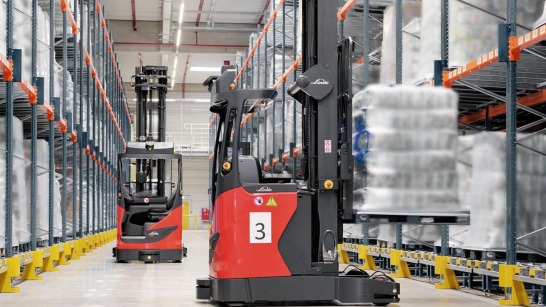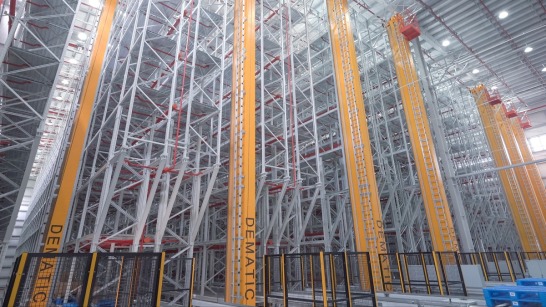
Loading at heights – safely and soundly
Operating industrial trucks in a warehouse can be a hazardous task, especially when working at heights. Besides the common risks, there's also the potential danger of harmful vibrations or shaking – which can cause serious health problems. But thanks to advancements in technology, Linde Material Handling (MH), a brand of the KION Group, has reached and secured an exemplary level of safety over the years.
2023-09-13

.jpg)


